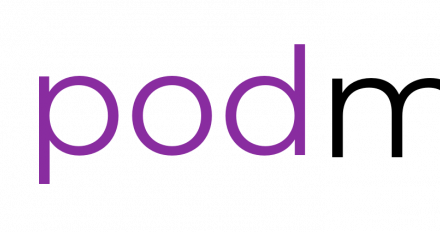
Managing containerized system services with Podman
Containers can be simple. Learn how to run MariaDB, Apache HTTPD, and WordPress in containers, managed through systemd and systemctl.

Containers can be simple. Learn how to run MariaDB, Apache HTTPD, and WordPress in containers, managed through systemd and systemctl.
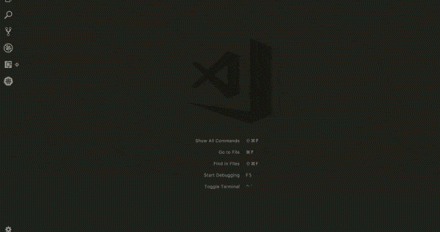
This article introduces the new Red Hat OpenShift extension for Visual Studio Code. It explains the benefits the extension provides, provides a demo video of using the extension, and covers installation details.
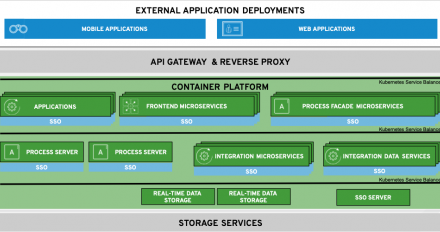
This article, which is the first in a series, discusses how integration is the key to omnichannel customer experience.
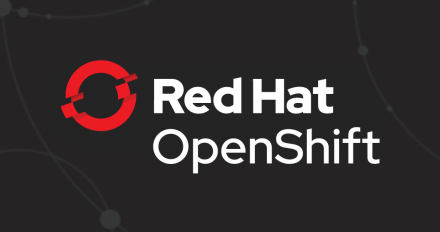
Learn about deploying tools to debug microservices on Kubernetes/OpenShift, including OpenTracing, Squash, Telepresence, and a Squash Operator in Ansible Automation.
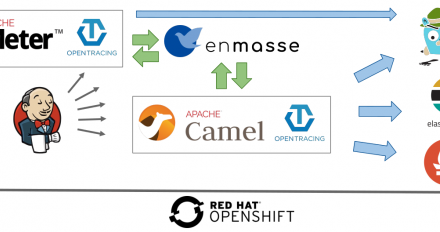
Part 1 of a series about leveraging OpenShift or Kubernetes for automated performance tests. It provides an overview of the setup for automated performance testing using a container platform. Points to consider when executing and analyzing performance tests are covered.
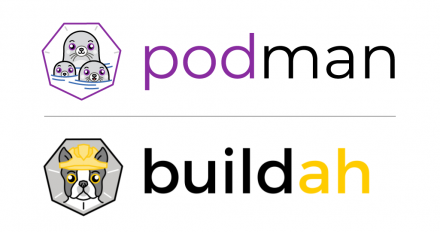
Buildah and Podman allow you to build and run containers without installing and managing a daemon on your system/kubernetes cluster. The relationship between buildah and podman is explained.

Podman is part of the next generation of Linux container tools. Build docker-compatible images without Docker - this article shows you how.

Containers offer new testing opportunities, especially for foundational system software like GLIBC or tests that depend on system changes for exercising code paths
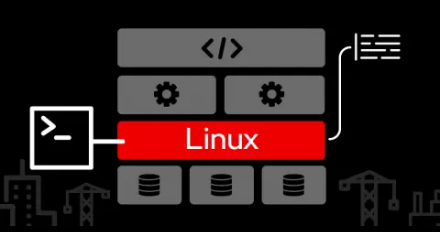
Develop applications on the most popular Linux for the enterprise.
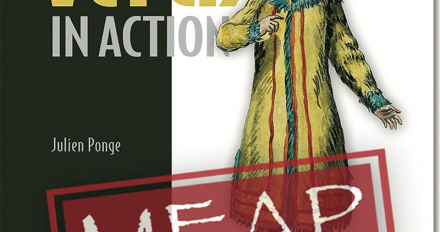
Julien Ponge's upcoming book, Vert.x in Action: Asynchronous and Reactive Applications in Java, is now available from the Manning early-access program (MEAP). Read the article for the exclusive Red Hat Developer discount code.

Introduction on Podman
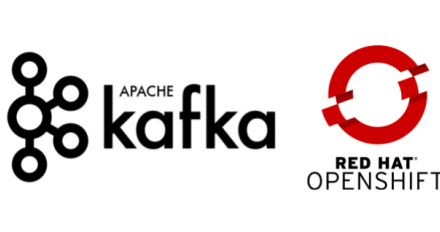
In this guide we will use Red Hat Container Development Kit, based in the minishift project, to start an Apache Kafka cluster on Kubernetes.

How to set up Red Hat Ansible Tower on OpenShift and have it running as a container in minutes. Ansible Tower helps you scale IT automation, manage complex deployments, and improve productivity.

With the new Apache Kafka Kubernetes operator. Red Hat AMQ Streams delivers the mechanisms for managing Apache Kafka on top of OpenShift, our enterprise distribution for Kubernetes.
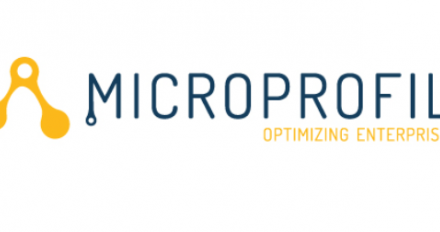
This post shows how easy it is to link Java MicroProfile apps to Microsoft Azure services through the Open Service Broker for Azure. To do that, it describes the steps for reproducing a demo application, based on the popular game Minesweeper, that was presented at the recently concluded Microsoft Ignite 2018 conference in Orlando.
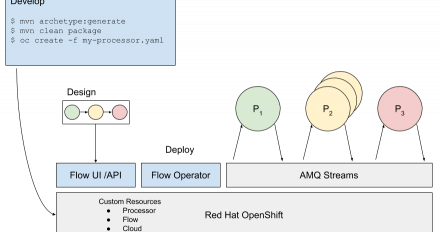
This post is the first in a series that describes a lightweight cloud-native distributed microservices framework called EventFlow that targets the Kubernetes/OpenShift platforms and models event-processing applications as a connected flow or stream of components. EventFlow can be used to develop event-processing applications that can process CloudEvents, which are an effort to standardise upon a data format for exchanging information regarding events generated by cloud platforms.

Red Hat Container Development Kit (CDK) 3.6 is now available to run an OpenShift/Kubernetes cluster on your laptop for developing cloud- and container-based applications.

Given Kubernetes, docker containers and service mesh, are we seeing the start of an imminent decline in the use of application servers? This article explores the use case for application servers and examines why they will continue to evolve.
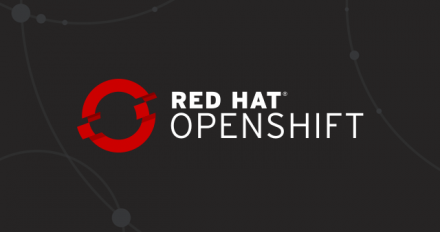
This article shows how set up Microsoft SQL Server on Red Hat OpenShift and then use SQL Server to store data for a simple ASP.NET Core application running in a container deployed on OpenShift that manages a list of contacts. It also shows how to manage SQL Server within OpenShift using SQL Operation Studio.

This post is the first in a series that examines new trends in modern application development and whether Kubernetes is "the new application server."

In this DevNation Live session, we’ll look into how you can build an automated continuous integration and continuous delivery Jenkins pipeline.

Podman is an alternative to the Docker command-line interface that lets you run standalone, daemonless containers. See examples of how easy it is to use Podman.

This post provides an example of how to configure role-based access control on top of Red Hat AMQ--a flexible, high-performance messaging platform that provides a role-based security model with built-in support for separation of duties.
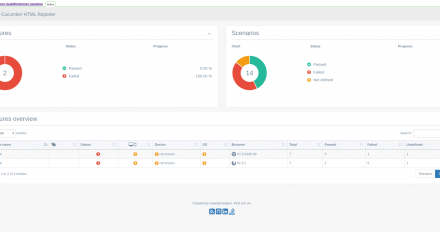
It can be complex to set up an end-to-end integration test infrastructure, but the process can be simplified by using an infrastructure-as-code approach. In addition, running integration tests for multiple OS/browser combinations can waste resources and time, but a container orchestrator and ephemeral workloads can help mitigate that. This article shows how to build behavior-driven development (BDD) container-native integration tests and run them in OpenShift to overcome these obstacles.
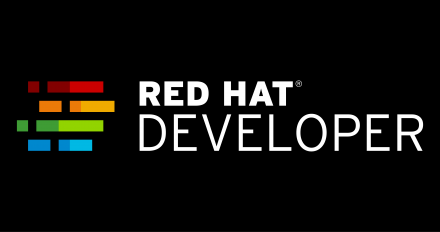
Serverless architectures can benefit from faster startup times. The configuration demonstrated in this article shows how GraalVM can reduce startup time and Docker image size for Java-based programs hosted on container platforms such as Red Hat OpenShift Containter Platform.